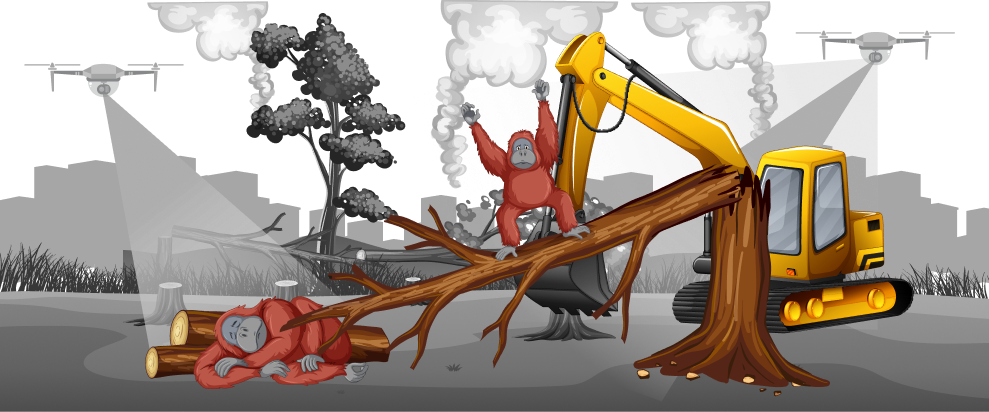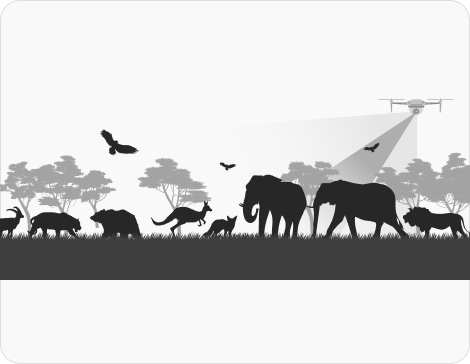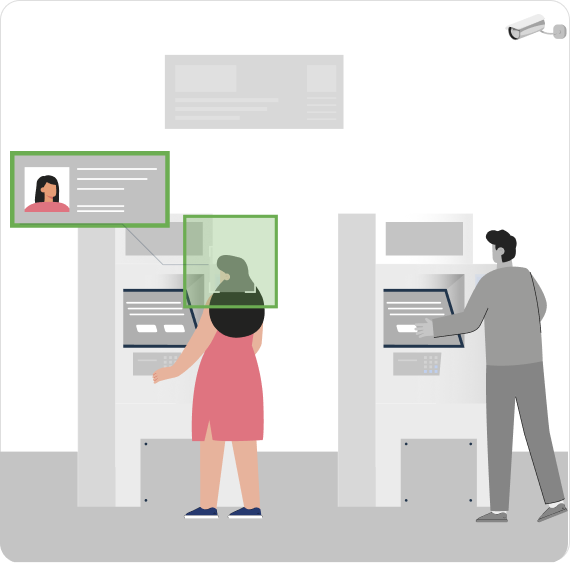Wildlife Monitoring
Conservation and habitat protection insights by AI.


Monitoring wildlife for tracking animal movements, detecting poaching threats and analyzing habitat conditions. This can be done with much efficiency using Wildlife Tracking Technology. Real-time wildlife surveillance and automated detection support the conservation efforts of wildlife and endangered species with AI for Wildlife Conservation.
Traditional tracking methods are time-consuming. They do not offer real-time insights.
Traditional tracking methods are time-consuming. They do not offer real-time insights.
It is quite difficult to prevent poaching in vast wildlife areas with human surveillance alone.
Automated threat detection uses AI to identify unauthorized human presence, unusual activity and potential threats by triggering instant alerts.
Lack of efficiency in tracking changes in vegetation, water sources and environmental conditions.
Environmental condition monitoring with AI can detect deforestation. It analyzes habitat conditions and monitors water levels for sustainable conservation efforts.
Manual surveys of wildlife populations are seldom accurate while needing time and resources.
Our system can perform wildlife population monitoring by identifying and counting various species by providing real-time population data.
Wildlife monitoring is crucial for environmental authorities. It is also important for organizations who work to protect wildlife and species.


Wildlife monitoring is crucial for environmental authorities. It is also important for organizations who work to protect wildlife and species.
Wildlife monitoring is crucial for environmental authorities. It is also important for organizations who work to protect wildlife and species.
Enable continuous surveillance with alerts for unauthorized activities, habitat changes, etc.
Use AI insights to develop conservation strategies and measure long-term impact.
Stay updated with the trending and most impactful tech insights. Check out the expert analyses, real-world applications, and forward-thinking ideas that shape the future of AI Computer Vision and innovation.
Every chip in your phone, your laptop, or even in a satellite, begins as a plain slice of silicon. But before that slice can become the heart of advanced electronics, it has to go through a series of complex processes. One of the least understood, yet most critical of these, is called Chemical Mechanical Planarization, […]

CEO & Co-founder
Powering the Next Era of Vision AI Artificial Intelligence has moved from labs and data centers into the real world. Today, cameras on highways are expected to analyze traffic, robots on factory floors make micro-second safety decisions, and drones survey farms with intelligence far beyond simple recording. The challenge? Edge devices have always been limited. […]

CEO & Co-founder
The story of the semiconductor industry is the story of human ambition to make things smaller, faster, and more powerful. We take this progress for granted when we buy a smartphone with a faster processor or a laptop with improved battery life, but behind these leaps lies an unforgiving pursuit of perfection at scales smaller […]

CEO & Co-founder